The Creative Spirit An Introduction to Theatre 6th Edition by Arnold – Test Bank
CHAPTER 5
THE DIRECTOR
MATCHING
1. Match the person with the most appropriate statement about him or her.
George II, Duke of Saxe-Meiningen:: Established an aesthetic for the role of the director in the late 19th century
Konstantin Stanislavsky:: Most famous and influential director of early realism
Jerzy Grotowski:: Founder of the Theater Laboratory in Poland who was committed to the concept of a “poor theatre”
Anton Chekhov:: Author of The Seagull
Elizabeth LeCompte:: Founding member and director of the Wooster Group
Robert Wilson:: Director known for large-scale works that emphasize spectacular visual effects
Lloyd Richards:: Director of the original productions of many of August Wilson’s plays
Nancy Keystone:: Director of Apollo
Ping Chong:: Director who relies on all the resources of the theatre to lift audiences into an otherworldly view of human existence
MULTIPLE CHOICE
2. How does Harold Clurman describe the role of the director?
A. The ringleader of the circus
B. The author of the stage action
C. The subtle mistress of the performers
D. The casual observer
Ans: B
Page: 134
3. When did the position of the director become a part of the theater?
A. There have been directors for as long as there have been performances.
B. During the development of the Beijing Opera
C. When plays became more complex during the period of Elizabethan drama
D. As there became an interest in realism during the 19th century
Ans: D
Page: 135
4. Why was the position of director created in the theatre?
A. As texts became more complex, the actors and playwrights wanted to focus on their jobs alone and not have to also stage the productions in which they were involved.
B. From nearly the beginning, there has been a need for someone who is not performing to stand apart and guide the production.
C. With the advent of realism and a profusion of theatre styles that arose in response to realism, new plays required a director to stage them.
D. Actors could make more money if they also took on the demands of directing other actors in a production.
Ans: C
Page: 135
5. The Seagull failed in its first production. Why?
A. The rehearsal process allowed too much exploration.
B. No one had recognized that with this new type of play, changes in production methods were necessary.
C. The text had not been fully developed.
D. The author was too sick and much of his interaction was reduced to correspondence.
Ans: B
Page: 137
6. Which is a way Konstantin Stanislavsky changed the acting style of his time?
A. By having actors act as an ensemble instead of melodramatically
B. By having actors use the external acting approach as opposed to the internal acting approach
C. By having actors improvise portions of the script if they felt the need as opposed to using only the playwright’s words
D. By having the actors break the convention of the fourth wall
Ans: A
Page: 137
7. What did Stanislavsky mean when he referred to the spine of the play?
A. The main narrative
B. The central action or central idea that draws together all the smaller plot incidents and all the separate character actions
C. The one character that is the main instigator of the whole plot
D. The playwright’s initial vision – the idea that motivated the playwright to create the play in the first place.
Ans: B
Page: 137
8. Which theatre director sought to create an approach to acting that would maximize the expressive power of the actor’s total instrument?
A. Jerzy Grotowski
B. Harold Clurman
C. Konstantin Stanislavsky
D. Duke of Saxe-Meiningen
Ans: A
Page: 139
9. Which is not characteristic of Grotowski’s approach to creating performance pieces?
A. He used puppetry techniques extensively.
B. He believed that the director should shape the stage space.
C. He freely adapted the works of different playwrights.
D. He did not use lavish high-tech production values.
Ans: A
Page: 141
10. Grotowski’s desire to avoid lavish auditoriums, have only necessary objects or costume pieces for the actors, and not utilize available theatre technologies, gave his theatre what name?
A. The Lonely Theatre
B. The bare stage
C. The poor theatre
D. The only theatre
Ans: C
Page: 141

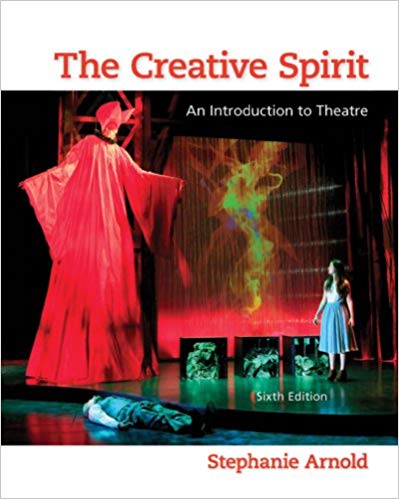




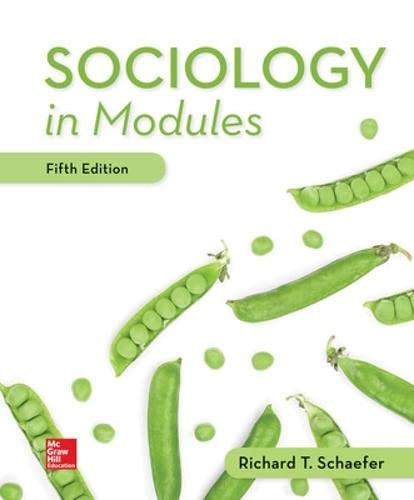


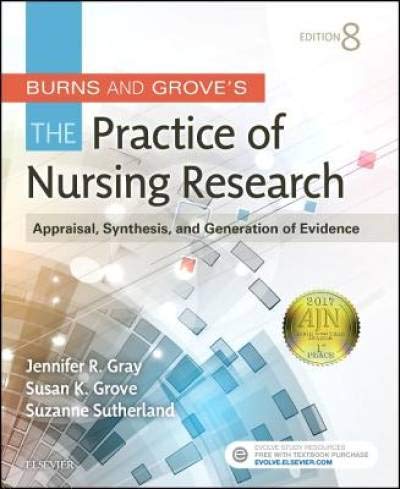
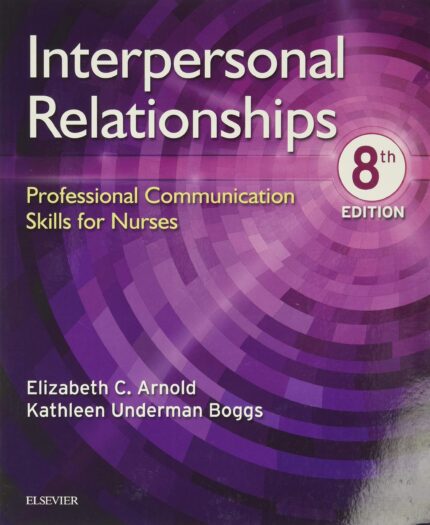
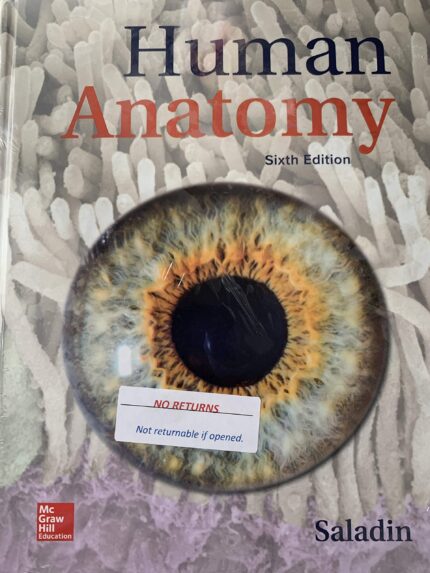

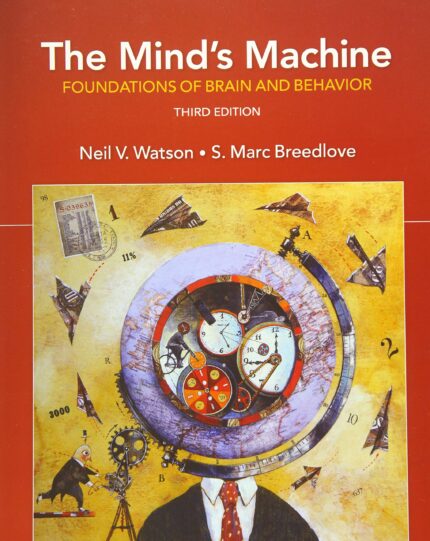
Reviews
There are no reviews yet.